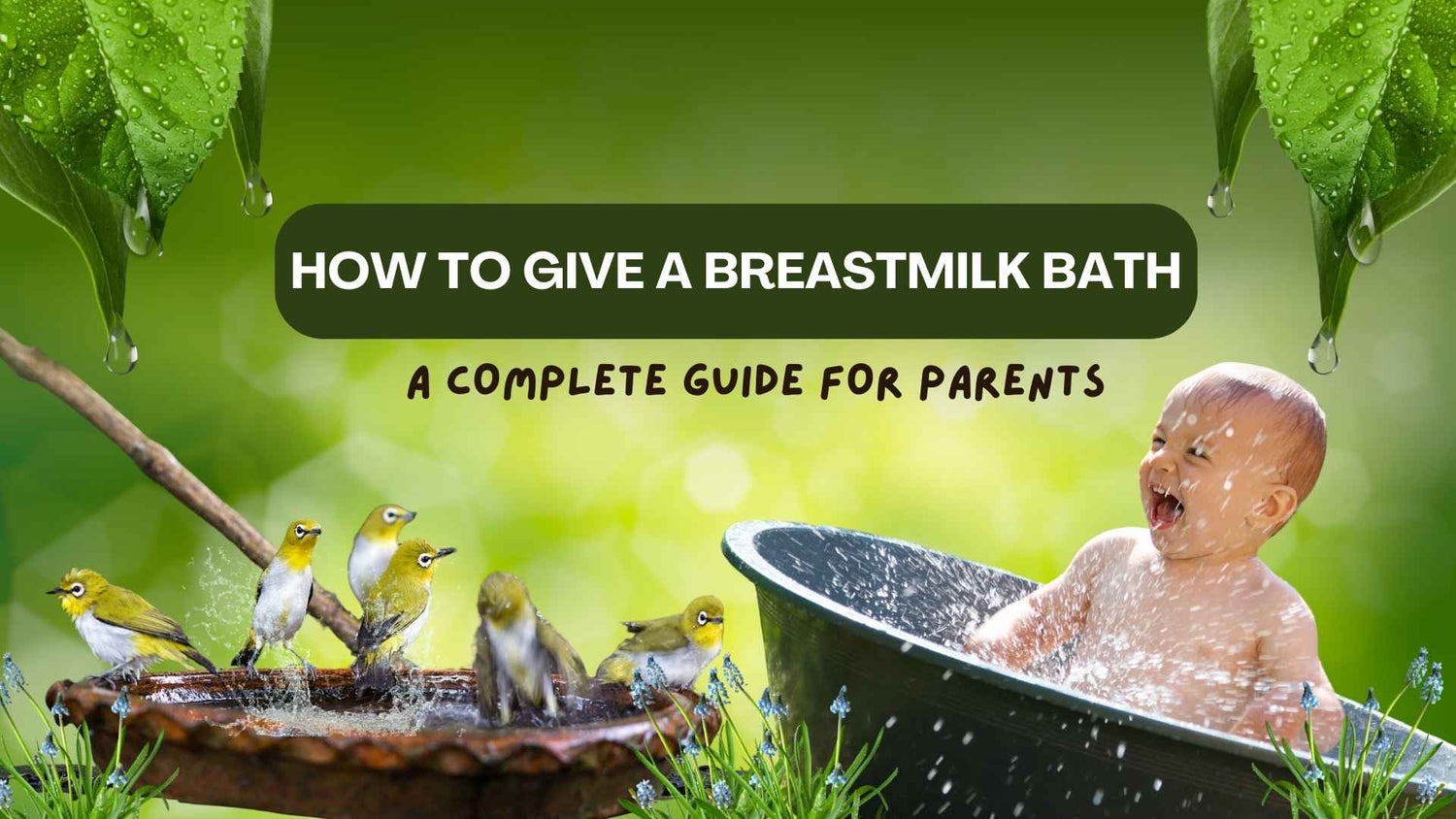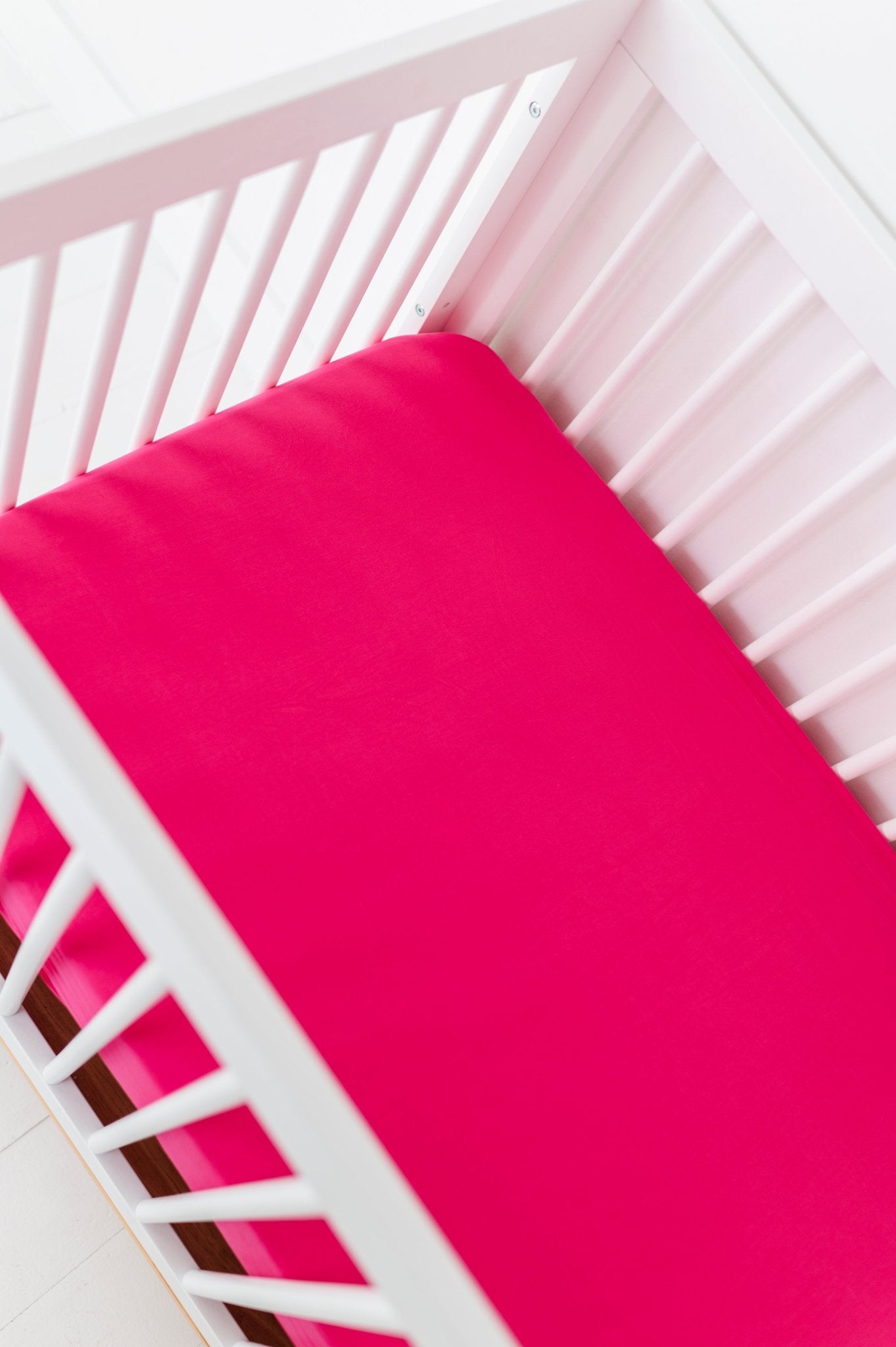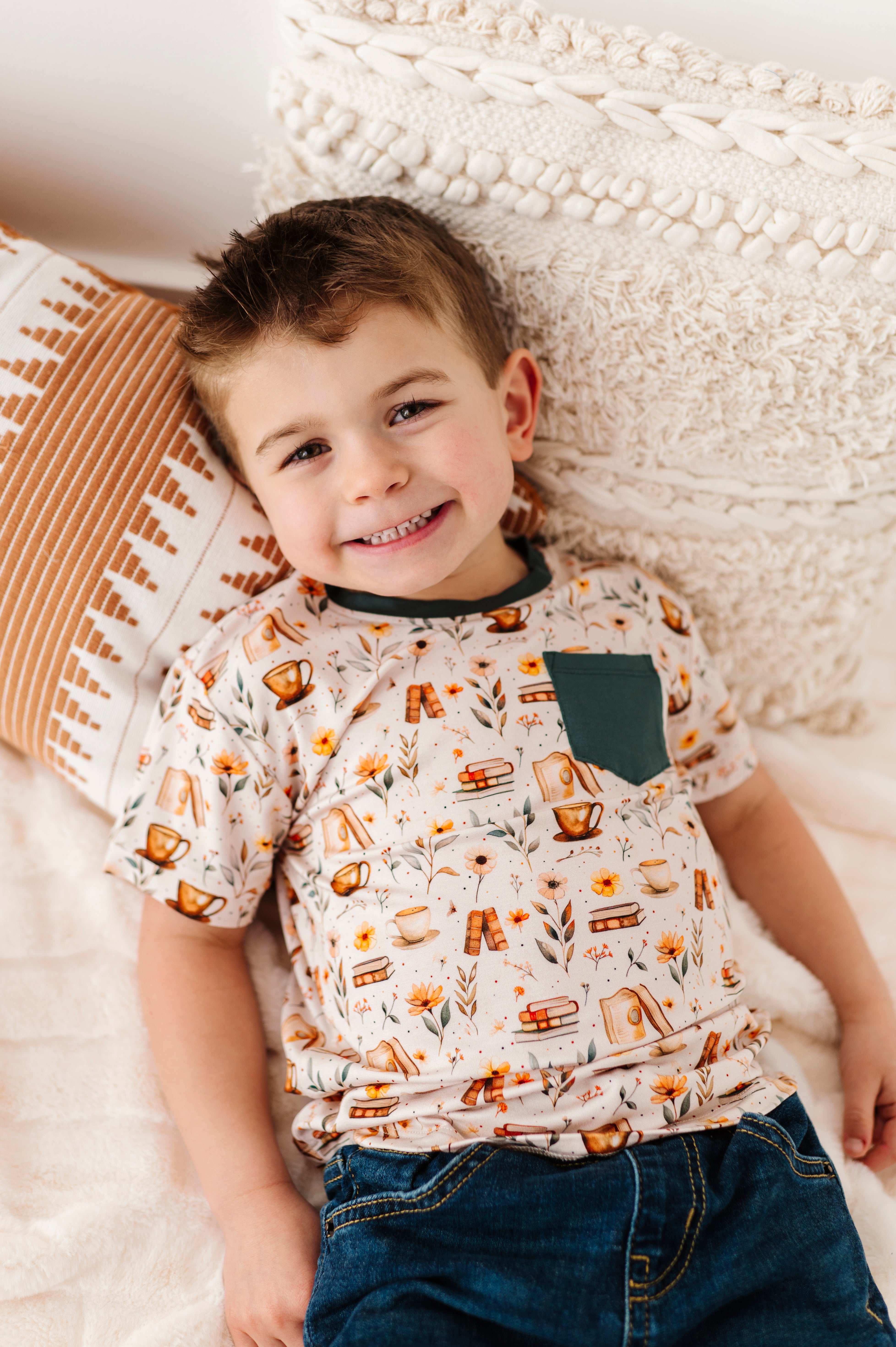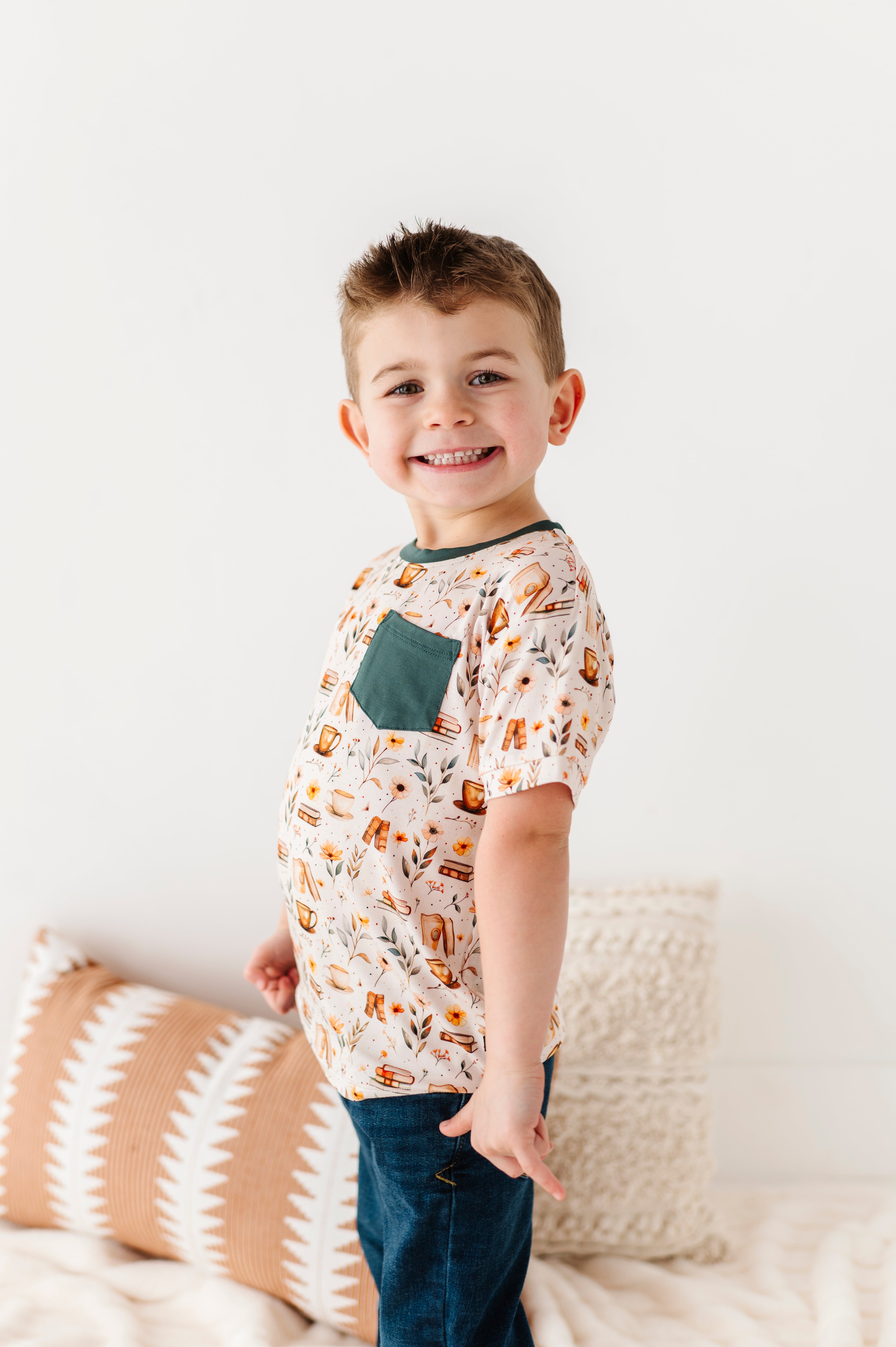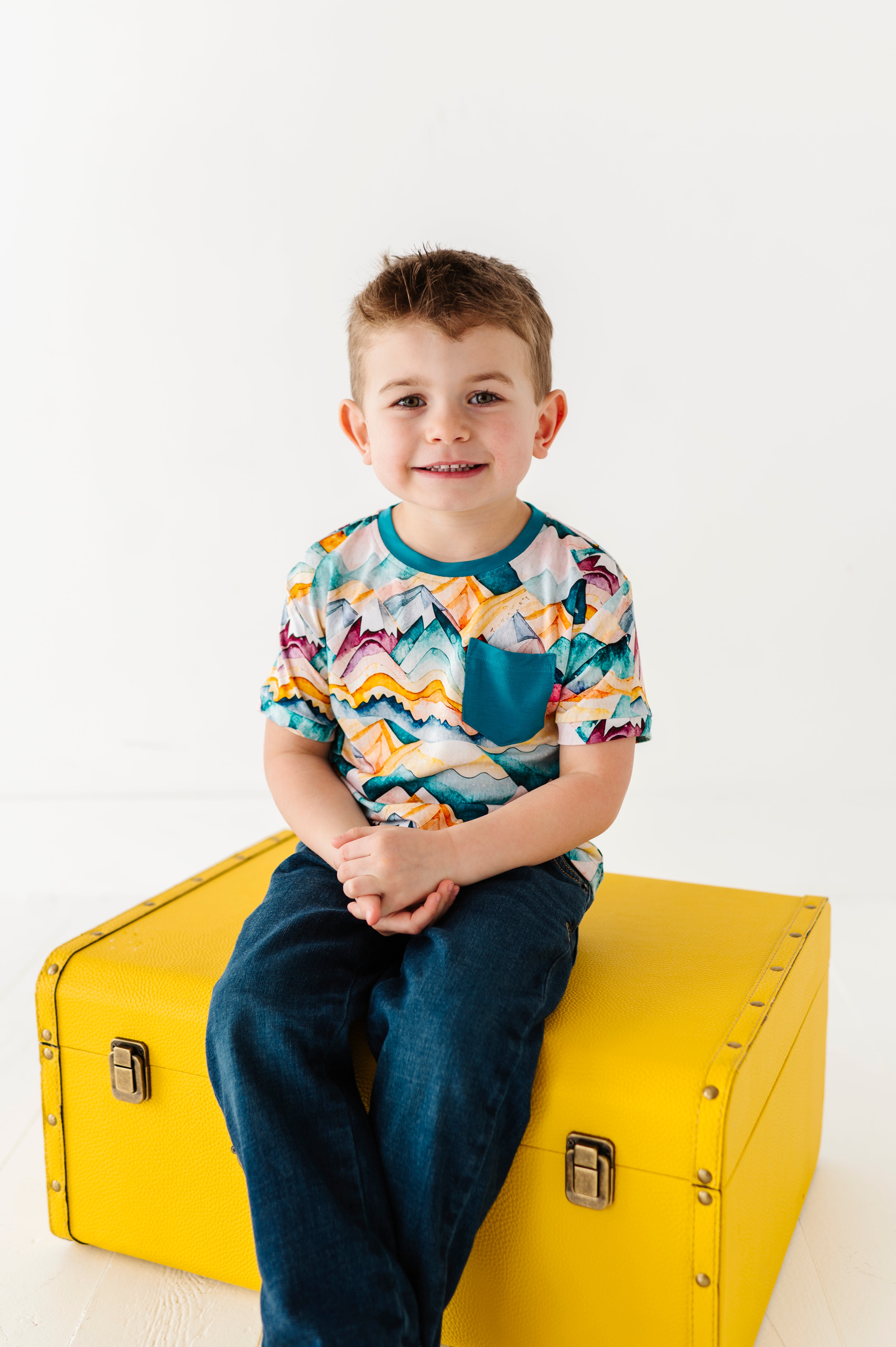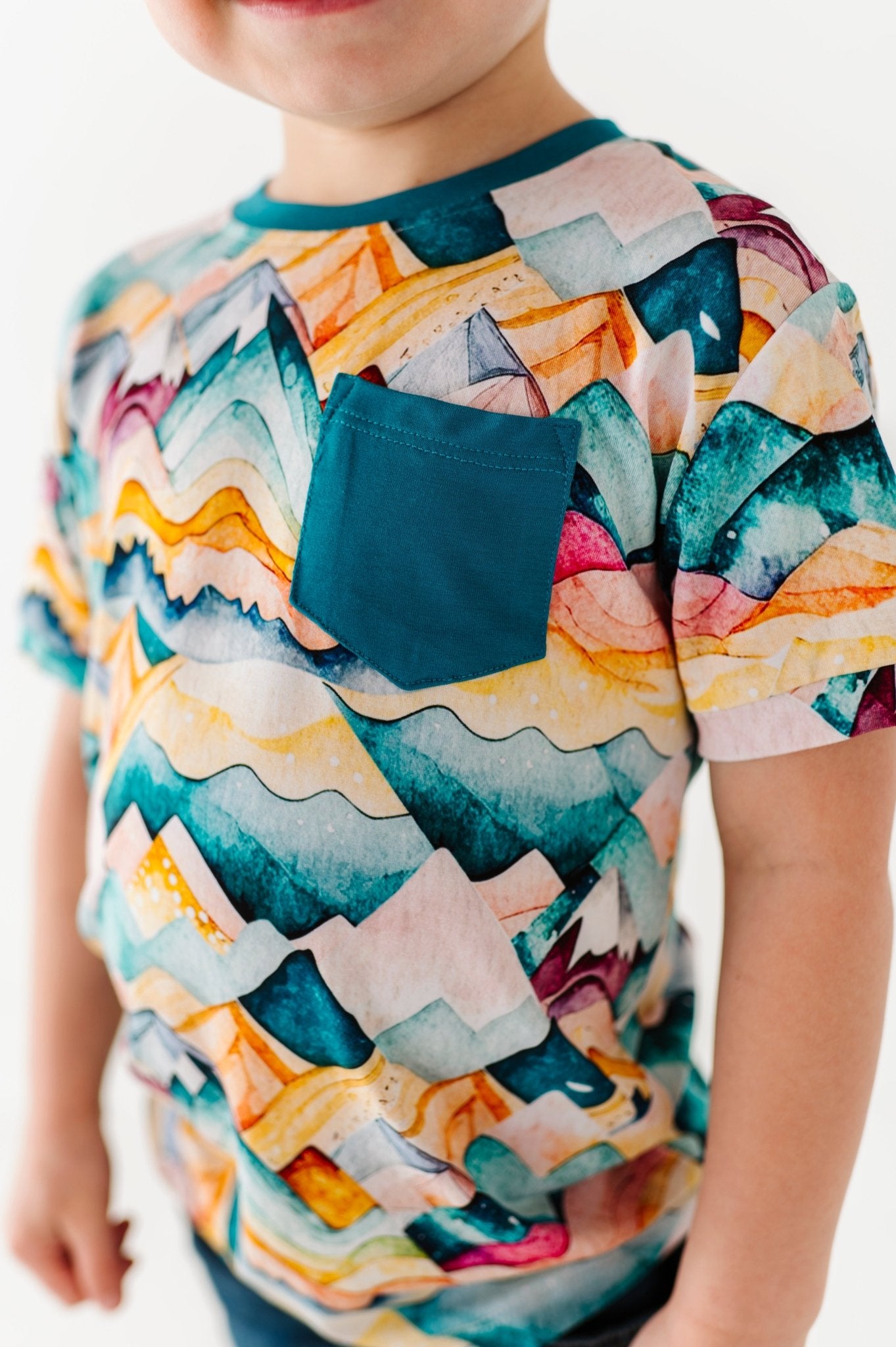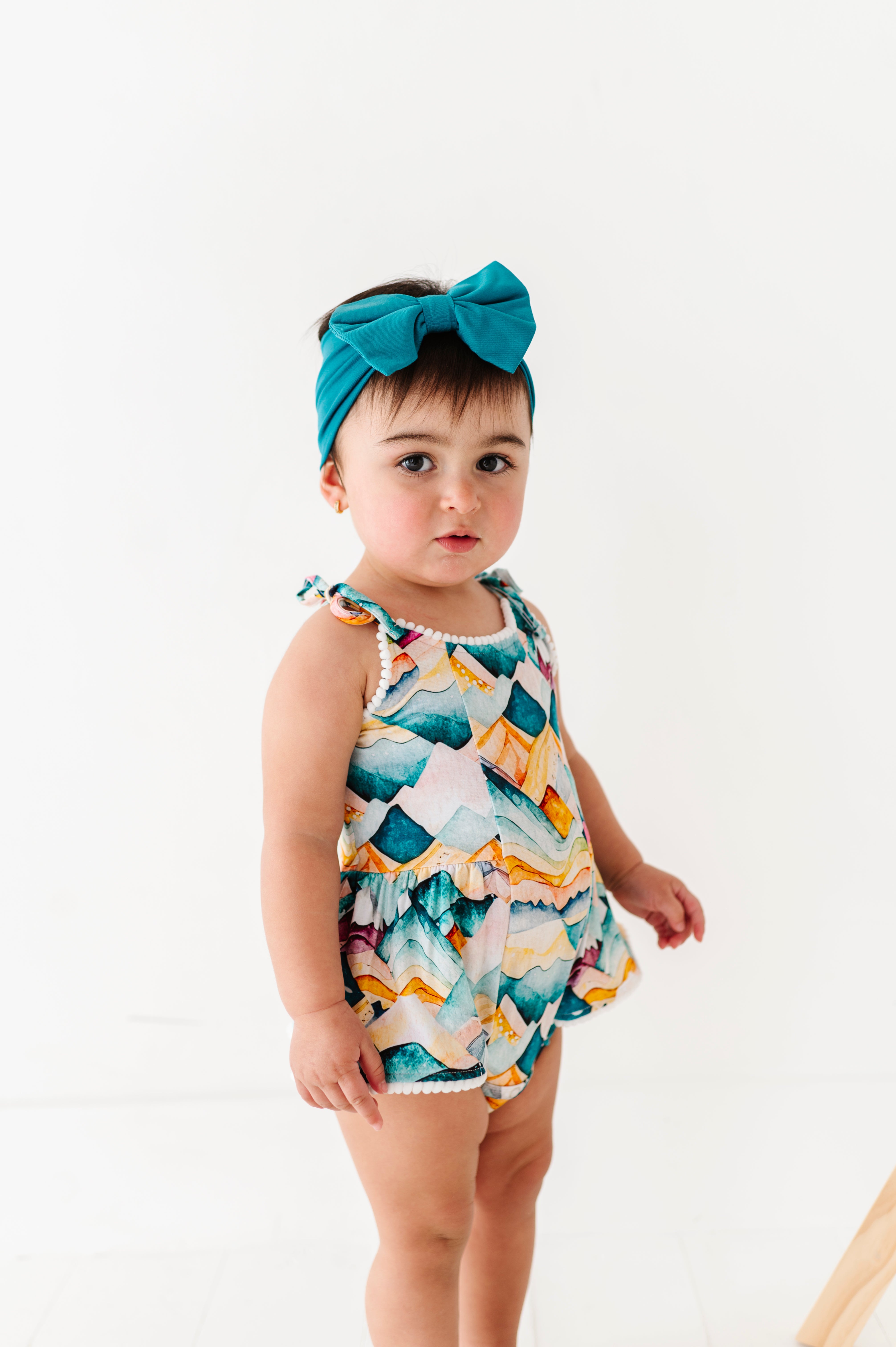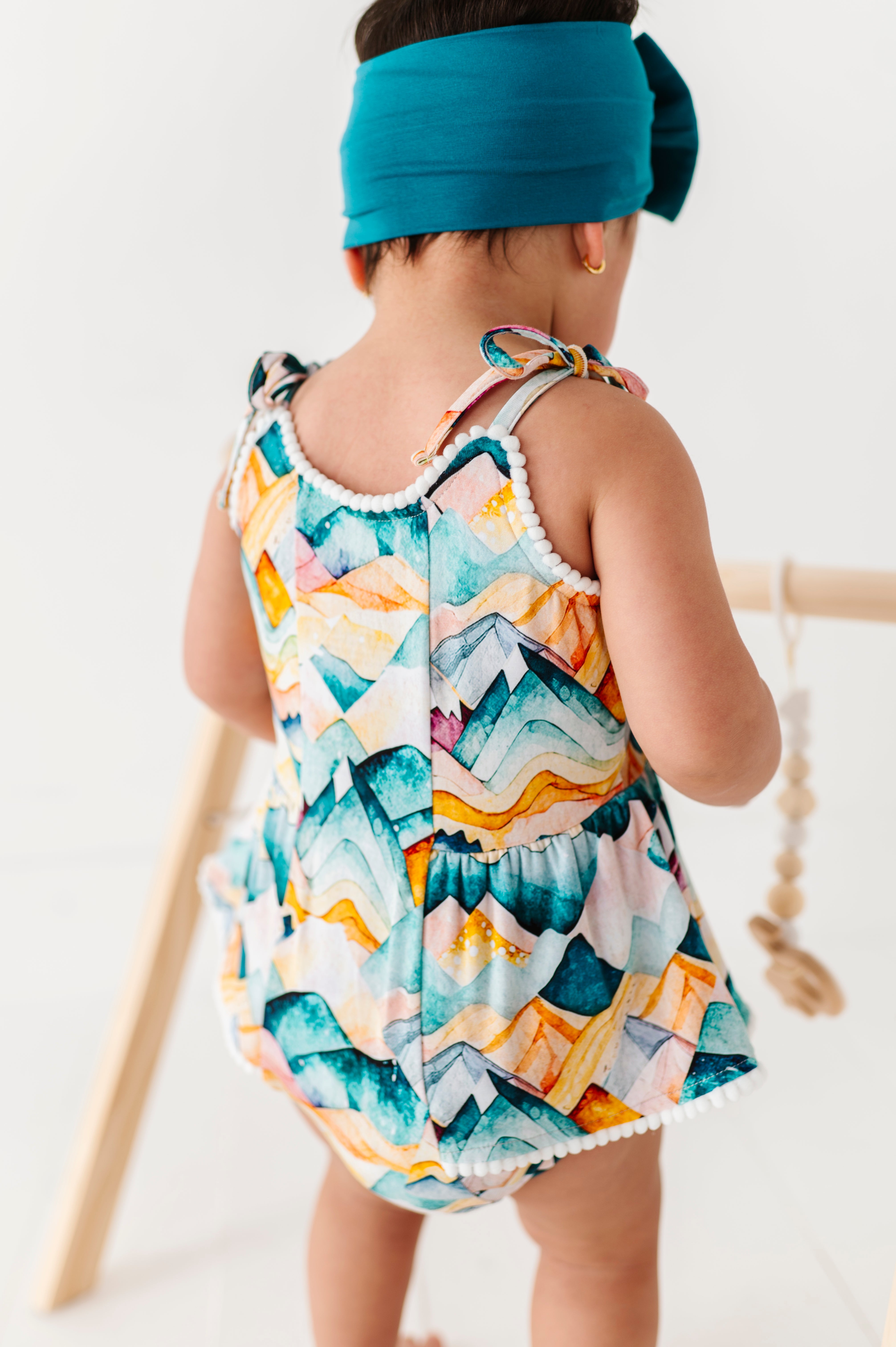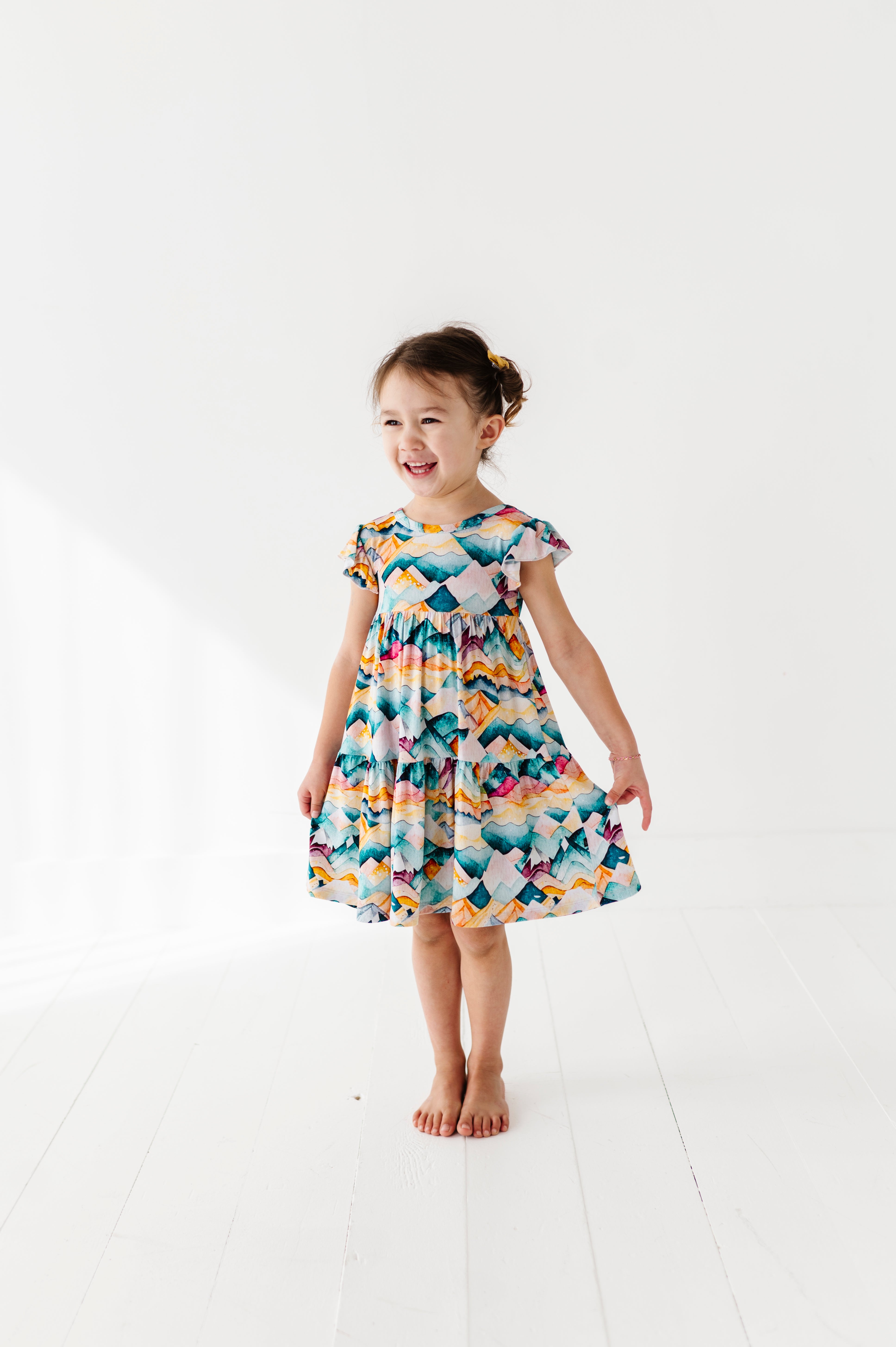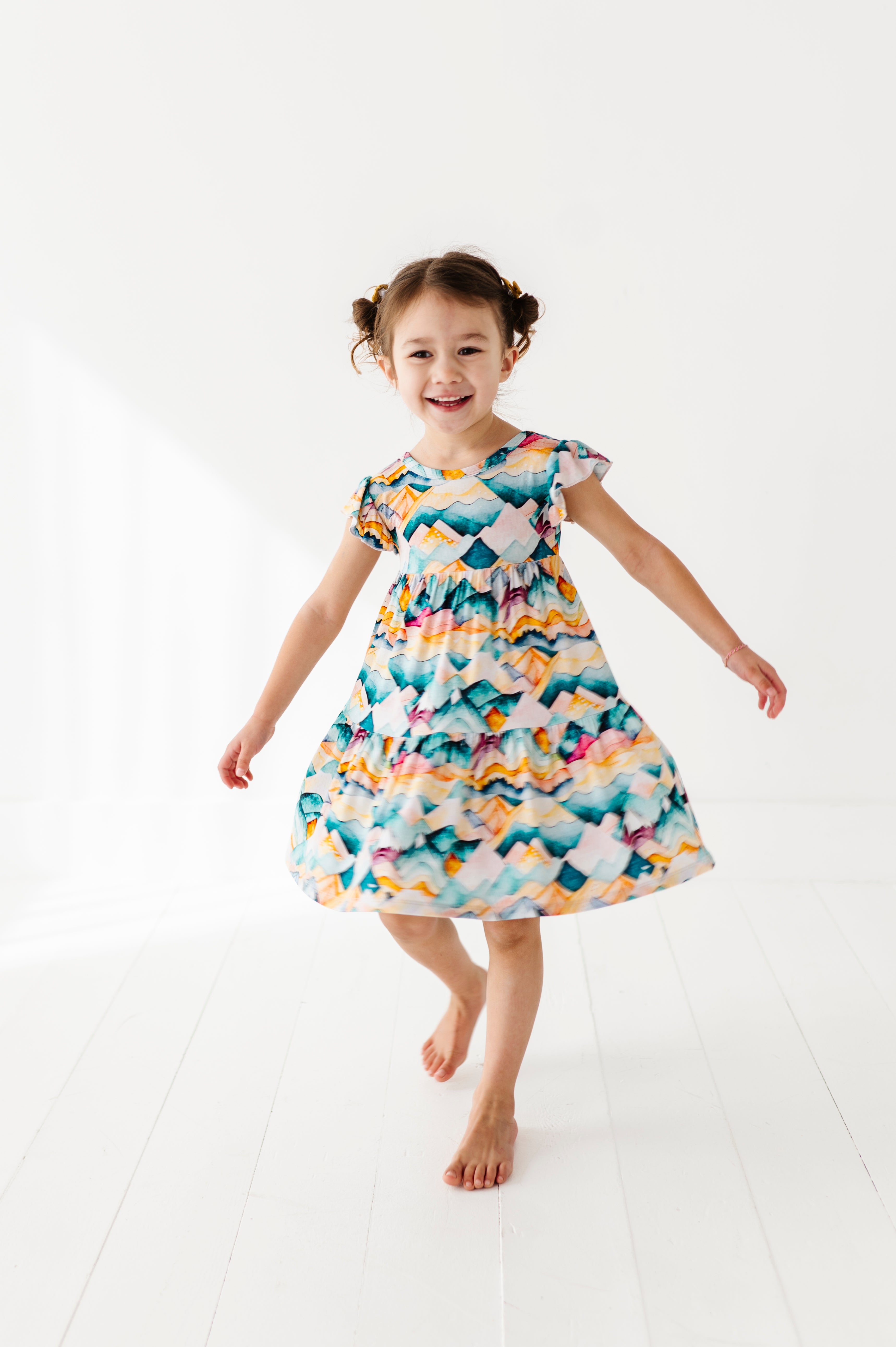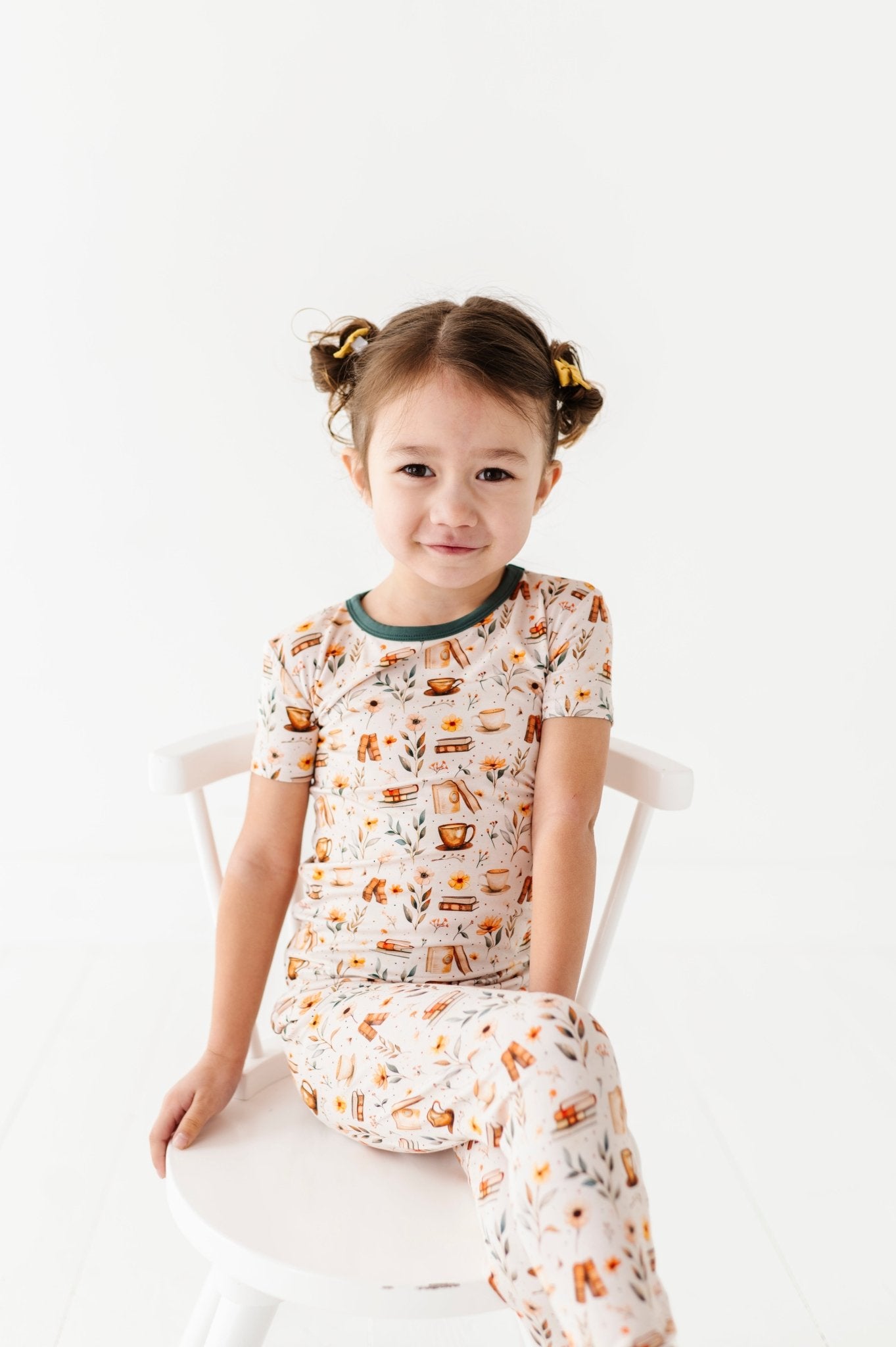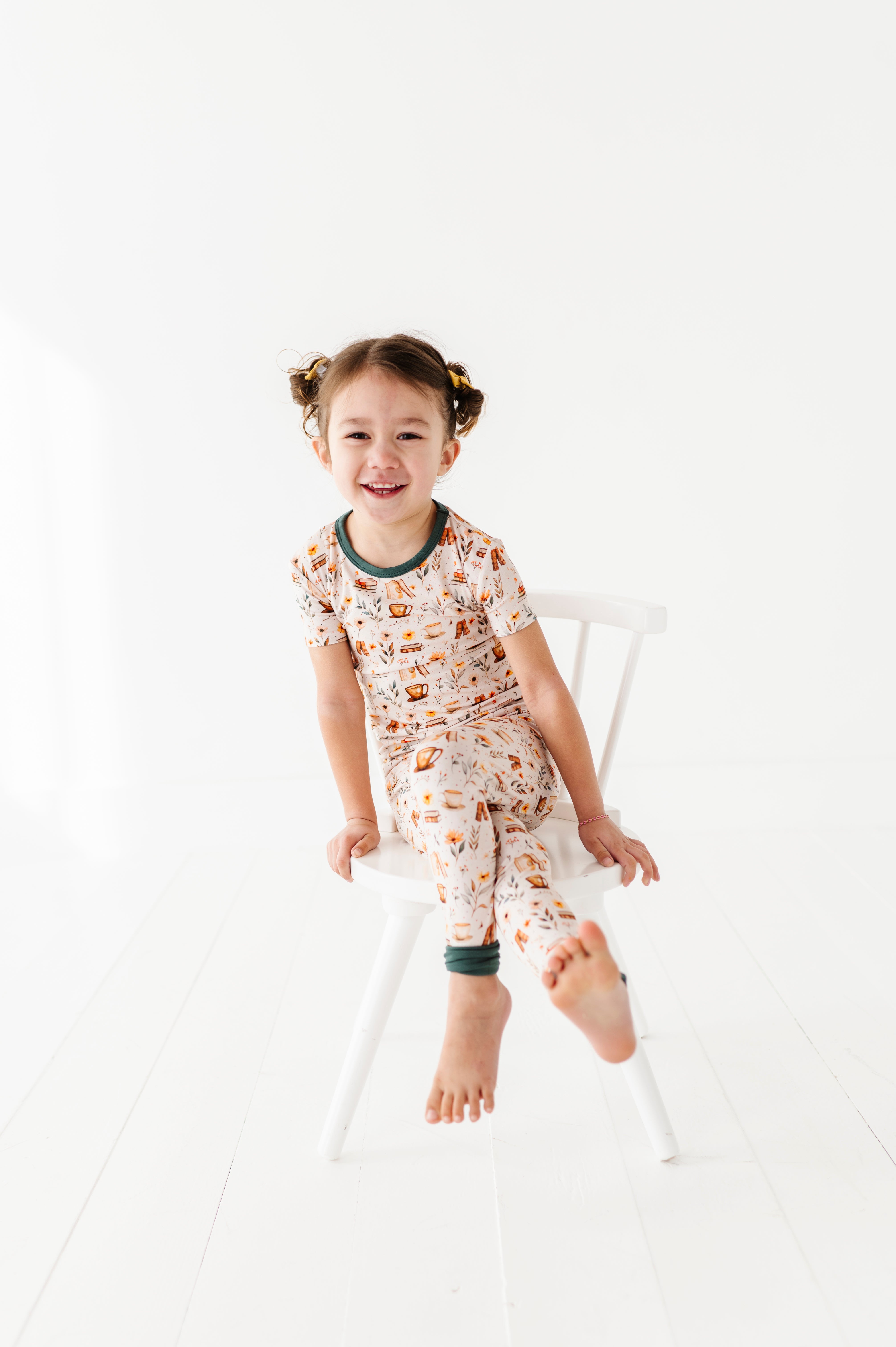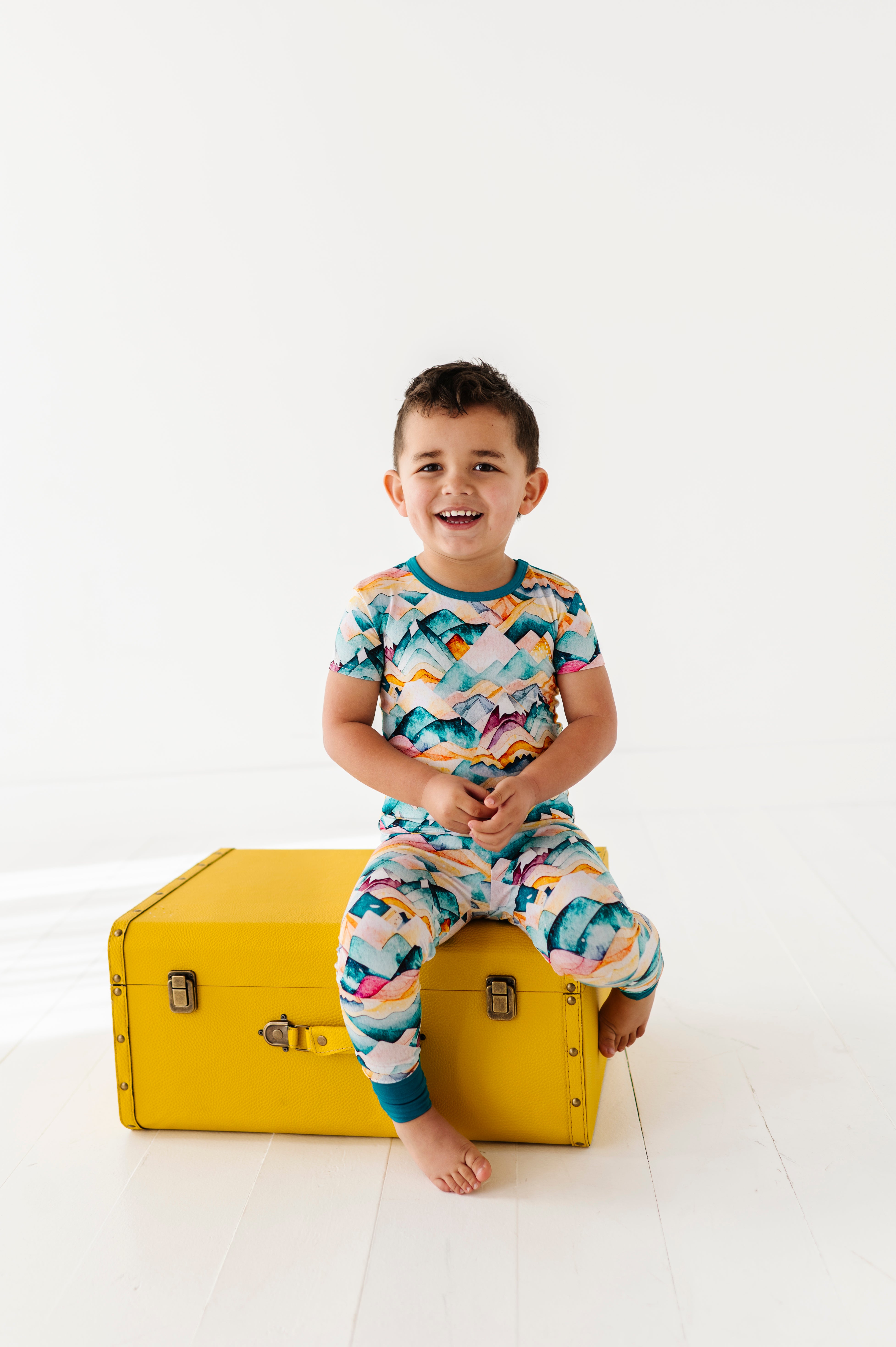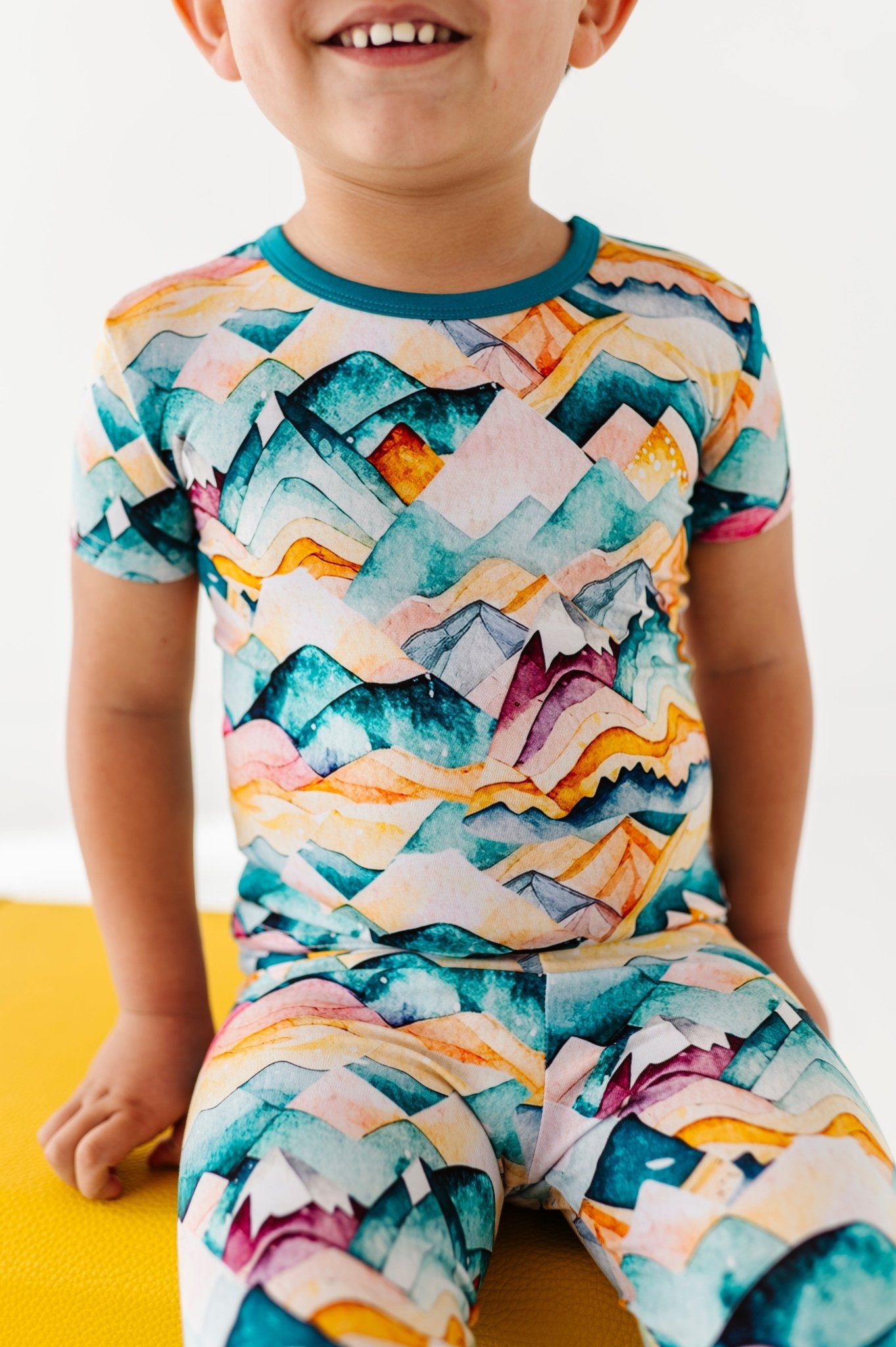Giving your baby a milk bath functions as a secure natural remedy for taking care of your baby's sensitive skin. Breastmilk has maintained its use since centuries ago because it contains antibodies and vitamins along with moisturizing effects. This works effectively against skin irritation, diaper rash, baby acne, eczema and dry skin.
For many parents, breastmilk is liquid gold because it contains vital nutrition that protects both the immune system and the overall wellness of babies. The nutritional contents of breastmilk extend beyond nourishment since it serves multiple purposes. The practice of giving breastmilk baths enables you to achieve maximum benefits from this natural resource which goes beyond simple nourishment.
If you’re a breastfeeding parent with extra stored milk or some that’s a bit too old for feeding, don’t toss it! Learning how to give a breastmilk bath is a perfect way to provide your baby with a soothing experience and promote healthy skin.
This guide provides complete information about breastmilk baths and reveals to you the correct and secure steps for administering them.
The Benefits of a Breastmilk Bath
Scientists consider breastmilk the ideal organic nourishment because it provides numerous advantages that go beyond infant sustenance. A bath made from breastmilk provides many benefits for the skin, and this matches perfectly with sensitive baby skin requirements.
1. Soothes and Heals Skin Conditions
The therapeutic value of breastmilk for skin application treats both eczema symptoms, diaper rash and dry skin conditions in babies. The antibacterial and anti-inflammatory elements present in breast milk accelerate skin healing while reducing inflammation.
Pediatricians occasionally advise breastmilk as a harmless treatment for superficial skin conditions due to its calming effects.
Make bath time extra special by picking one of our breathable Sleep Sacks because this essential product brings restful sleep to your little one after bathing.
2. Moisturizes Dry and Sensitive Skin
A typical newborn will display skin peeling with a cradle cap or dryness along their body within the first few weeks of life. Bathing an infant in breastmilk serves as a gentle method of hydration that offers smooth skin by excluding manufactured soaps and synthetic lotions.
3. Reduces Redness and Inflammation
The combination of sensitivity and allergies, together with changes in temperature, causes babies to develop blotchy skin that appears red. Breastmilk contains fatty acids with proteins that reduce skin swelling and maintain the appropriate potential of hydrogen (pH) balance.
Crib sheets made for babies from safe, breathable materials serve as a solution to heal irritation and provide comfort during nighttime rest.
4. Promotes Wound Healing
Research-based findings mark breastmilk as a beneficial liquid because it has antimicrobial substances, including immunoglobulins and lauric acid. A breastmilk bath is useful for treating small cuts, skin abrasions, insect bites and skin irritation.
5. Strengthens Baby’s Skin Barrier
Your baby's skin maintains a higher sensitivity when compared to adult skin, and therefore it becomes easily irritated. The protective compounds within breastmilk defend the body through enzymes and antibodies that enhance skin health while developing its defensive capabilities.
6. A Relaxing and Bonding Experience
Giving your baby a milk bath may promote not only skin benefits but also generate a peaceful spa occasion for infants. Breastmilk, together with warm water, offers relaxing benefits that let your baby unwind and achieve better sleep quality after a bath.
What You Need for a Safe and Soothing Breastmilk Bath
Understanding how to give a breastmilk bath correctly and safely is important for ensuring its effectiveness and your baby's comfort. Before starting, gather all the essential supplies needed before beginning in order to enjoy a smooth breastfeeding bath experience. Here is what you’ll need:
-
Breastmilk (4-10 ounces): The required quantity of breastmilk should be either fresh or frozen-thawed, or expired breastmilk.
-
Baby bathtub or sink: Newborns should use a dedicated small tub yet older babies can use an ordinary bathtub.
-
Warm water (98–100°F / 37–38°C): The water temperature should be warm since it needs to be comfortable for the baby, but it should not be too hot.
-
Mild baby soap (optional): A mild baby soap serves as an optional bathing agent when using soap, but it should also remain free of fragrances and contain hypoallergenic properties.
-
Soft Washcloth: A soft cloth for cleansing your baby's skin.
-
Towel and moisturizer: Skin drying along with moisturization will both be done using the towel and moisturizer after your baby's bath time.
Post-soak relaxation with your toddler blanket will provide the most comforting warmth to your little one.
It is important not to use breastmilk that's spoiled with an offensive odor during this practice. The use of expired breastmilk remains safe for skin use when it exhibits no bad odor alongside no indications of spoilage such as curdled or moldy appearance. The antimicrobial and soothing characteristics of breastmilk continue to benefit the skin, although it has reached its expiration date for drinking.
How to Give a Breastmilk Bath: A Step-by-Step Guide
Step 1: Prepare the Bathwater
-
Set the water temperature to achieve body temperature heat at 98 °F then fill a baby tub or sink with it.
-
Create a shallow water depth that prevents dangers yet deep enough to submerge most of your baby's body.
Step 2: Add breastmilk
-
Pour 4–10 ounces of breastmilk into the bathwater.
-
Begin by mixing the milk with circular motions of your hand until it becomes evenly spread throughout the water.
-
The bath water should turn slightly milky in appearance.
Step 3: Place Your Baby in the Bath
-
Slowly place your baby into the breastmilk bath with supportive positioning of their head.
-
The bathing time should last between 5 to 10 minutes so the skin can absorb the breastmilk nutrients.
Step 4: Gently Wash Your Baby
-
A soft cloth should be used to dab skin surfaces in a gentle way instead of rubbing.
-
Harsh soaps should be avoided because breastmilk performs naturally effective cleansing followed by hydration of the skin.
-
Breastmilk bathwater can be used to treat the cradle cap while it soothes the infant's scalp by pouring it over the hair.
Step 5: Rinse (Optional)
-
The use of clean water for rinsing is optional but unnecessary since the breastmilk provides all the necessary cleansing and moisturizing effects.
-
Many parents prefer the skin's absorption of its nutrients to strengthen hydration.
Step 6: Dry and Moisturize
-
After bathing your infant, use a gentle towel to dry them before moving them to a cozy position.
-
For babies with dry skin, use a fragrance-free moisturizer on the affected areas.
The Mommy & Me matching loungewear set enables you to create additional cuddle time for your baby after their bath time.
Additional Ways to Use Breastmilk for Baby Skincare
The fundamental way to nourish your baby’s skin through breastmilk bathing also enables various skin care uses for breastmilk. Careful application of breastmilk can provide several more benefits through these specific methods:
1. Breastmilk Spot Treatment for Rashes & Dry Patches
Parents may use breastmilk as a spot treatment for diaper rash and dry patches, as well as for eczema or irritated skin.
How to do it:
-
Clean and dry the areas of exposure on the skin.
-
A clean cotton ball will allow you to apply several breastmilk drops directly to the specific area.
-
Allow the milk to reach dryness before placing your baby in clothing.
To protect your child throughout the night after treatment, apply breathable and cozy Zipper Jammies.
2. Breastmilk Lotion for Baby’s Skin
If you are searching for an organic baby moisturizer, then consider creating your own breastmilk lotion. The production of homemade breastmilk lotion starts through a mixture of breastmilk with beeswax and natural oils.
Do-It-Yourself (DIY) Breastmilk Lotion Recipe
-
½ cup fresh or thawed breastmilk.
-
1 tablespoon of coconut oil.
-
1 teaspoon beeswax (optional for thickness).
Instructions
-
Heat the coconut oil and beeswax until they become melted.
-
Slowly add breastmilk into the mixture while continuously stirring it.
-
Whisk the mixture until it cools down, and then place it inside a sealed storage container.
The lotion needs application on dry skin or right after baths to maintain skin moisture.
3. Breastmilk Ice Cubes for Inflammation Relief
Healthy breastmilk ice cubes are an effective remedy for treating painful inflammation, skin teething discomfort, and sunburns. The production method for breastmilk ice cubes includes the following steps:
-
Place fresh breastmilk into small blocks of an ice cube tray.
-
Freeze for 4–6 hours.
-
Wrap a cube of breastmilk in a soft washcloth and then apply it gently to inflamed skin areas.
Cold breastmilk ice cubes function double duty when placed inside a bath for heat relief during summer as well as direct application to painful areas of the skin.
Do-It-Yourself (DIY) breastmilk Bath Additives for Extra Benefits
Natural baby-safe additives allow you to enhance the effectiveness of a breastmilk bath when used alongside the basic treatment.
1. Oatmeal for Extra Soothing
Adding cereal oats that are processed into fine powder to your baby's breastmilk bath will give extra relief when they suffer from eczema or dry skin problems.
How to use:
-
You should process ½ cup of rolled oats to create a delicate powder.
-
Mix the oats thoroughly with breastmilk by sprinkling them in before usage.
Your baby should receive extra comfort through a Toddler Blankie immediately after the breastmilk bath.
2. Coconut Oil for Deep Hydration
Your baby's bath will receive additional hydration through the use of small organic coconut oil drops specifically designed for infants with severe dry skin.
How to use
-
The breastmilk bath should have 1 teaspoon of coconut oil mixed into it.
-
Stir to distribute evenly.
-
Your infant can safely remain in the bath for 5–10 minutes.
After bathing, parents can use coconut oil to treat the cradle cap by massaging it on their baby's scalp.
3. Lavender for a Relaxing Nighttime Routine
The combination of lavender essential oil with your baby's bath will create relaxation to help establish a soothing bedtime routine.
How to use
-
Add one drop of essential lavender oil to one teaspoon of coconut oil before putting the mixture into the bath.
-
Raw essential oils should never touch the skin because they need to be diluted first.
Breastmilk containing lavender essence will provide your baby with a relaxing experience that promotes sleepiness. Using a Sleep Sack combined with bath time provides both relaxation and cozy comfort for all-night sleep.
Breastmilk Bath Myths & Facts
The abundance of breastmilk information requires clarifying widespread misunderstandings regarding the use of breastmilk as a bathing solution.
Myth 1: Only Fresh breastmilk Works in a Bath
The use of fresh or frozen thawed or expired breastmilk remains safe for a bath. Breastmilk suitable for baths should be free of sour odors or visible signs of spoilage.
Myth 2: A breastmilk Bath Replaces Lotion
A breastmilk bath provides skin hydration, yet extremely dry babies often require the addition of baby lotion as an extra component for moisture. It helps to use breastmilk lotion and coconut oil as post-bath skin moisturizers for your baby.
Myth 3: You Need a Full Bottle of Breastmilk for a Bath
Breast milk between 4 and 10 ounces produces an adequate solution for skin nourishment in bathwater. Even small amounts of breastmilk offer healing properties.
How Often Should You Give a Breastmilk Bath?
The appropriate number of breastmilk baths for your baby depends on their personal requirements.
-
1–2 times per week for regular skin nourishment.
-
2–3 times per week for babies with eczema, rashes, or dry skin.
You should use breastmilk to calm minor skin discomforts when needed. The effectiveness of breastmilk baths can be verified through your baby’s skin's improved condition, including increased softness combined with reduced irritation and better hydration.
Creating the Ultimate Post-Bath Routine for Your Baby
breastmilk baths initiate a complete gentle skin care plan for your infant to feel better after bathing. What happens after the bath is just as important as the bath itself. Following thoughtful care after the bath enables your baby to maintain hydration and achieve relaxation while preparing both their rest and skin health for improvement. The following protocol will help you maximize the benefit of your baby’s after-bath time:
1. Wrap Your Baby in Softness
The skin of your baby becomes sensitive and delicate right after receiving a warm, nourishing milk bath. Soft fabric, which is gentle on the skin, provides warmth for your baby while avoiding irritation problems.
Your baby will experience optimal warmth and comfort through the utilization of the Sleepy Sloth Toddler Blankies designed specifically for toddlers. Breathable soft fabric provides that ideal combination for soothing post-bath skin without irritation.
2. Lock in Moisture for Long-Lasting Hydration
The natural moisture from breastmilk skin baths requires the following moisturization process when the skin remains damp. A gentle patting movement with a soft towel on your baby’s skin should replace the rough drying method. To maintain hydration use a fragrance-free hypoallergenic moisturizer that will protect the skin from drying out.
After bathing your child, use Zipper Jammies made of breathable fabric to ensure their comfort, which keeps them both warm and dry.
3. Create a Calming Environment for Better Sleep
Taking a relaxing warm bath becomes the optimal starting point for bedtime since it naturally calms babies. The beneficial effects of the bath create an opportunity to establish relaxing surroundings for bedtime. Dim the lights in the nursery and play soft lullabies. You should use a breathable sleep sack that provides cozy comfort throughout the night.
The Sleepy Sloth’s Sleep Sacks provide maximum comfort while ensuring safety since they offer protection against loose blanket hazards.
4. Keep the Sleep Environment Skin-Friendly
The rest period takes up most of your baby's day, so their sleeping environment greatly impacts their comfort level and skin condition. The key to avoiding bath-related skin dryness or irritation is placing your infant on clothing made from soft non-aggressive materials.
The sleep time at night will become more comfortable for your baby by using breathable Crib sheets from Sleepy sloth. This, alongside ultra-soft materials, minimizes irritation on their skin.
5. Bond & Unwind Together
After bathing your baby, you can create an opportunity to bond with them while performing their skincare routine. Comfortable matching loungewear allows you to hold your baby while creating a secure and loving environment that brings them peace of mind.
The Sleepy Sloth Mommy and Me pair of matching clothes should become your strategy for ultimate coziness when you finish bathing your baby.
Ensuring a Safe and Enjoyable Breastmilk Bath Experience
While a breastmilk bath offers many benefits for infant skin, it requires proper precautions to maintain safety during the bathing period. Several important safety measures enable you to establish a relaxing environment that benefits you and your baby during the experience.
1. Always Check the Water Temperature
Make the water warm and not hot, as the skin of babies is sensitive. Bathing at 98 to 100°F (37 to 38°C) close to the body is the best bath temperature.
-
Tip: Before placing your baby in the tub, use your elbow or wrist to test the water. A good baby-safe bath thermometer also helps ensure the proper temperature.
2. Never Leave Your Baby Unattended
A baby should not be left alone in the bath, even in shallow water. Always keep one hand on them and stay within arm’s reach at all times.
-
Tip: Gather everything you need before starting the bath so that you are distanced away from distractions. Having a Mini Blankie nearby means a quick warm-up after the bath.
3. Be Gentle with Your Baby’s Skin
Scrubbing is not required, as breastmilk-infused baths are naturally hydrating. Try to avoid forcing the breastmilk to clean the skin; instead, dab the baby’s skin with a soft washcloth and let the breastmilk do its magic.
-
Tip: Instead of rubbing to dry the baby, pat to prevent irritation after the bath. Soft, breathable Zipper Jammies help dress them in loose, comfortable jammies that keep their delicate skin comfortable.
4. Create a Cozy and Calm Post-Bath Environment
After bath time, it is best to keep the experience relaxing and soothing using a warm, comforting atmosphere.
-
Dim the room lights while playing either soft music or white noise background sounds.
-
A Sleep Sack provides snugness to your baby without needing loose blankets.
-
Extra bonding time occurs through the special experience of wearing Mommy & Me matching sets.
The added minor details create feelings of comfortability which produce positive and peaceful bath times for your baby.
Conclusion
Participating in a breastmilk bath represents both a skincare practice and a nurturing experience that allows parents to provide their infants with the gentlest natural care possible. Understanding how to give a breastmilk bath supports your goal of creating a comforting atmosphere that will make your little one feel loved.
Safe bath practices combined with proper bath preparation and comfortable post-bath items enable you to build unique parent-child bonding moments through every bath experience. The breastmilk bath moment goes beyond a moment of care because it allows you to develop precious memories for you and your baby. When your infant enters the healing water, they experience both skin relief and stronger emotional bonds between you.
Embrace these small connections because your gentle nurturing and your heart's affection share similar therapeutic qualities with the nourishing breastmilk. Discover a more comfortable baby-friendly collection at The Sleepy Sloth and explore healthy baby essentials for your baby to stay warm and get restful sleep after bath time.
